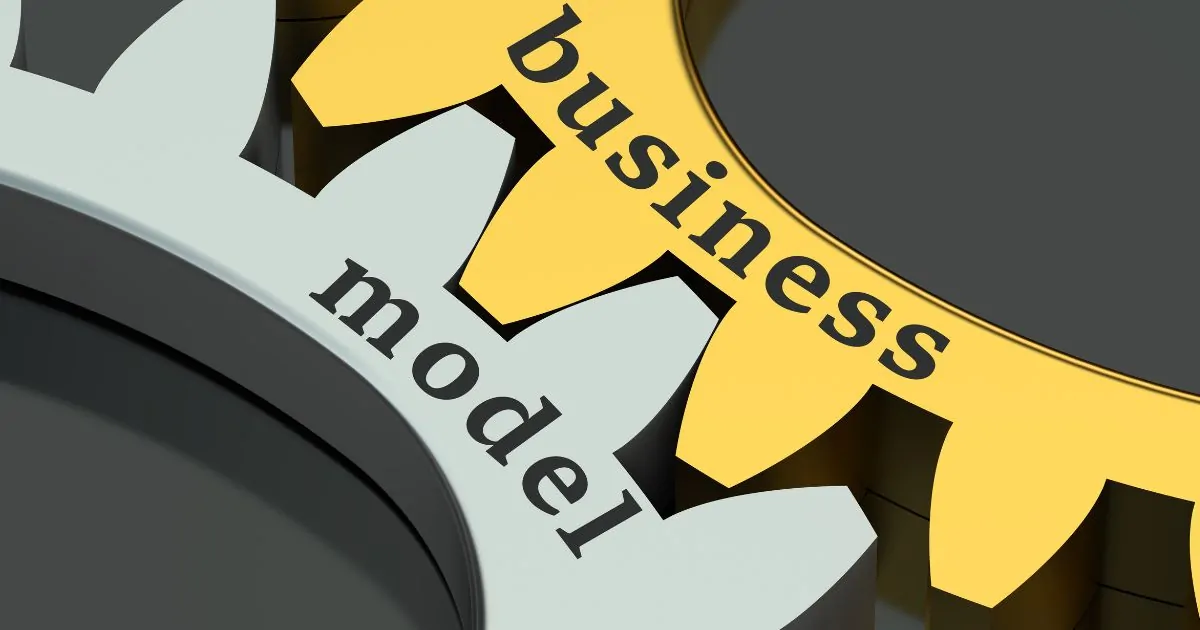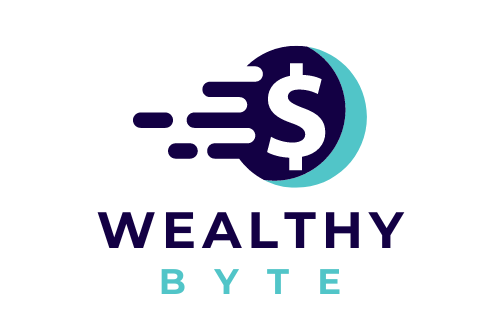
In today’s dynamic business landscape, the ability to withstand and adapt to change has become paramount. As companies navigate the complexities of evolving markets, technological disruptions, and economic uncertainties, the need for sustainable business models has never been more pressing. In this article, we will explore key strategies for crafting resilience and ensuring the long-term viability of your organization.
Embracing Adaptability
The cornerstone of a resilient business model is the capacity to adapt; companies that can quickly pivot and respond to shifting circumstances are poised for success. Adaptability begins with fostering a culture of innovation, where employees are encouraged to challenge the status quo and explore new possibilities.
Encourage your team to continuously seek opportunities for improvement, whether it’s streamlining processes, diversifying revenue streams, or exploring new markets. Also, adopt a mindset of experimentation, allowing for calculated risks and the flexibility to course-correct as needed. By embracing adaptability, you’ll position your organization to weather any storm and emerge stronger.
Diversifying Revenue Streams
Diversifying your income streams is important, as reliance on a single revenue source can make a business vulnerable to external shocks. This could involve exploring new products or services, tapping into different customer segments, or pursuing complementary business activities. For example, a retail company might expand into e-commerce, while a software firm could explore subscription-based models or licensing opportunities. By diversifying your revenue sources, you’ll minimize the impact of fluctuations in any one area and create a more stable financial foundation for your business.
Fostering Operational Efficiency
Efficiency is the cornerstone of resilience. By streamlining your operations and eliminating waste, you can free up resources that can be redirected toward innovation, risk management, and weathering unexpected challenges.

Continuously assess your workflows, identify areas for improvement, and implement lean principles to optimize your processes. At the same time, leverage technology and automation to reduce manual tasks, improve data-driven decision-making, and enhance responsiveness to changing market conditions.
Building a Solid Supply Chain
In an interconnected global economy, the strength of your supply chain can make or break your business. Vulnerabilities within your supply network can lead to disruptions, delays, and financial setbacks. To build resilience, it’s crucial to diversify your supplier base, establish robust contingency plans, and foster collaborative relationships with key partners.
Regularly review your supplier agreements, assess the reliability and flexibility of your logistics, and develop strategies to mitigate the impact of supply chain disruptions. By proactively addressing potential vulnerabilities, you’ll safeguard your operations and ensure the continuous flow of goods and services.
Cultivating Financial Flexibility
Financial flexibility is a critical component of sustainable business models. Maintain a healthy balance sheet with adequate cash reserves and access to lines of credit. This will enable you to weather economic downturns, seize opportunities, and invest in strategic initiatives that drive long-term growth.
In times of emergency or unexpected expenses, external funding can be a lifeline. Familiarize yourself with lending companies like CreditNinja, which offer flexible financing solutions to support businesses during challenging periods. By diversifying your funding sources and maintaining financial agility, you’ll be better equipped to navigate the ups and downs of the business cycle.
Investing in Employee Wellbeing
Your employees are the heart of your organization, and their resilience directly impacts the future of your business. Consider investing in the physical, mental, and emotional well-being of your workforce to foster a supportive and engaged team. You can achieve this by offering comprehensive benefits, flexible work arrangements, and opportunities for professional development.

In addition, encourage a culture of work-life balance and provide resources for stress management and mental health support. By prioritizing the well-being of your employees, you’ll cultivate a more resilient and adaptable workforce, better equipped to navigate the demands of a rapidly changing business environment.
Conclusion
Creating a sustainable business through resilience is not a one-time exercise but an ongoing commitment to adaptability, diversification, and continuous improvement. By implementing the strategies outlined in this article, you’ll position your business for long-term sustainability, even in the face of adversity.















